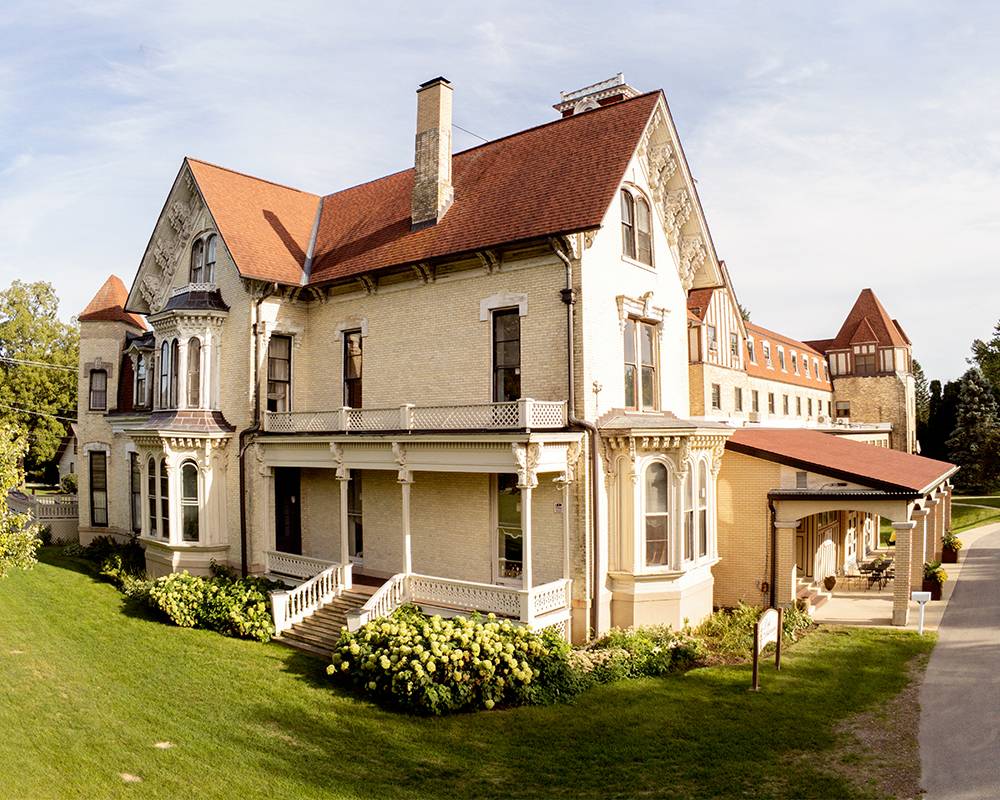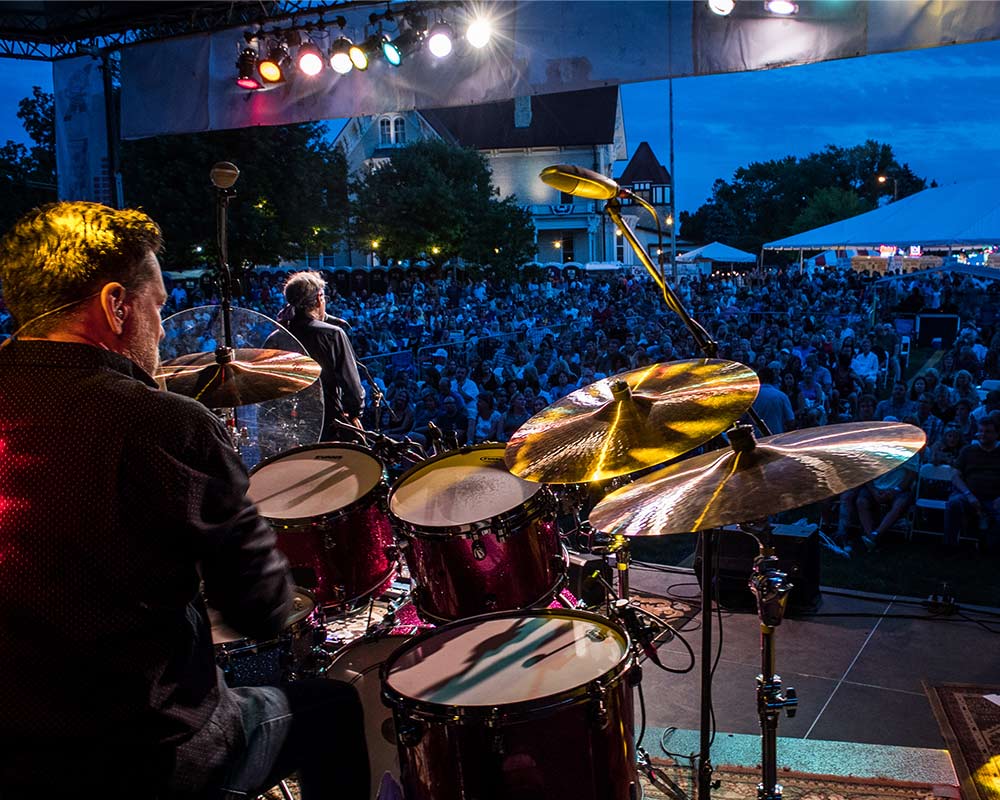Between outdoors activities and indoor gyms, people are staying active year-round. All this activity can mean the possibility of injury is present any time, at any age. It’s good to take preventative action, heed the warning signs and get help when needed.
“I’m all about people being active and exercising, but if you haven’t been active for a while, you need to work into a routine gradually,” says Dr. James Sostak, an orthopedic surgeon specializing in sports medicine at Fox Valley Orthopedics’ clinics in Geneva and Elgin. “It’s great that people are enthusiastic and get out to exercise, but if you do too much, too fast, you are more prone to injury.”
Sports injuries include broken bones, bruises, strained muscles and sprains involving joints and ligaments. Some of the most common problems Sostak treats are ankle sprains, knee sprains and rotator cuff injuries.
These sorts of injuries are very common in racket sports like pickleball, tennis and other sports that require quick changes in speed and direction. They’re less likely, but still possible, Sostak says, in sports that require smooth, steady movement in one direction – like golf, swimming, walking and running.
Sports injuries can happen at any age. Younger people tend to have overuse injuries when they play sports year-round without rest. Older people are more likely to have wear and tear injuries, often related to arthritis.
Movement is good for everyone, but it’s important to know that pain is a warning sign.
“If you’re participating in a sport and notice muscle or joint pain after a game, and it’s not getting better, it’s a sign something more might be going on and you should be seen by a doctor,” says Sostak. “If you have a nagging pain, persistent joint swelling, and your game is suffering because you’re having to push through the pain, that’s a sign something is wrong.”
Some injuries get better when you follow the acronym RICE, which stands for rest, ice, compression and elevation. Other problems need a deeper look, perhaps with a doctor’s evaluation or an MRI.
Prevention may just be the best medicine.
Always warm up with some light aerobics and sport-specific stretches, says Sostak. When starting a new sport, take it slow and build up time, intensity and speed over multiple days. Allow for recovery time between workouts and work opposing muscle groups on alternating days. Use proper technique, stay hydrated and cool down by doing the activity slower at the end, and then stretching when you’re done.
Should pain arise, providers like Fox Valley Orthopedics have orthopedic-specific urgent care centers.
With offices and physical therapy clinics located in Algonquin, Barrington, Aurora, Huntley, Elgin, Geneva and Yorkville, Fox Valley Orthopedics has OrthoFirst Orthopedic Urgent Care clinics in most of their locations.
These doctors specialize in all muscle and skeletal injuries from head to toe. Each has completed a fellowship in an orthopedic subspecialty.
“There is no injury too big or too small for us to handle,” says Sostak.
For more information, or to schedule an appointment, call Fox Valley Orthopedics at (630) 584-1400 or go online to fvortho.com.
Watch the Warning Signs of a Sports Injury















